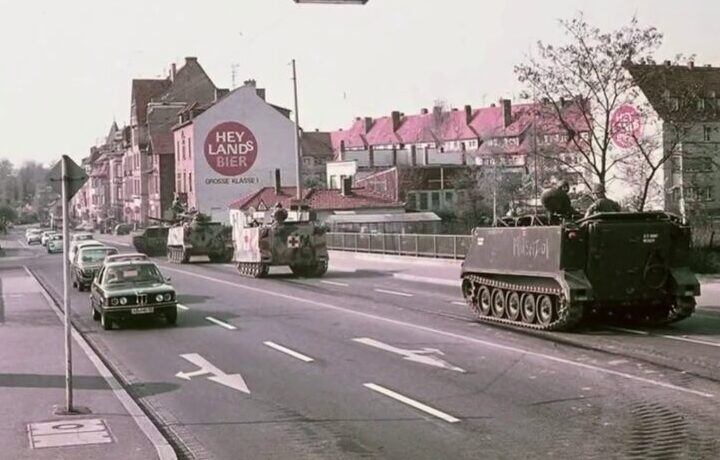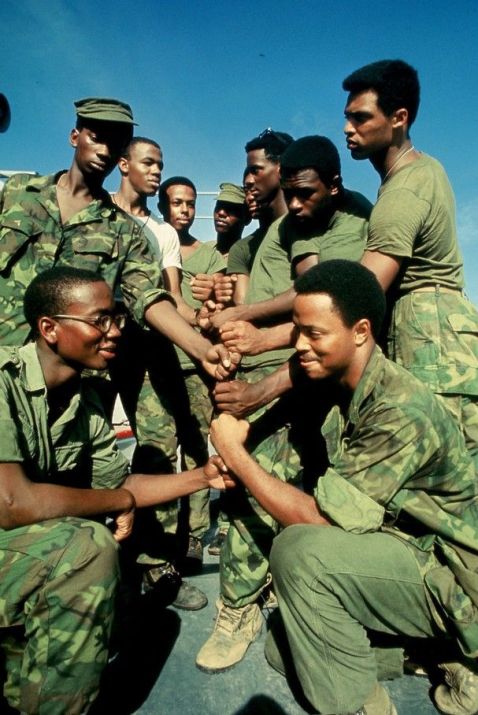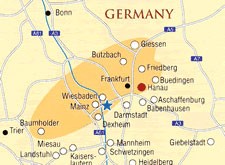Surviving Racial Conflict in the US Army in 1970s Germany

There was always a chance for a racial confrontation in the German town where I was stationed. So we opened a bar in the barracks.
Prologue
I was drafted into the US Army in 1971. Actually, I enlisted after exhausting devious ways of avoiding military service.
The recruiting sergeant gave me a battery of tests and said that if I enlisted and served three years instead of two, I could have my choice of duty assignment and duty station. A clerical post in Germany sounded much better than an infantryman in Vietnam.
Reluctantly, I agreed.
By the fall of 1972, I found myself in the picturesque town of Aschaffenburg in Northern Bavaria. I was assigned to process judicial actions in a regional personnel center for the 3rd Brigade of the 3rd Infantry Division. I didn’t mind it at all. It was my first real job. Those four weeks of advanced training at Adjutant School at Ft. Benjamin Harrison, Indiana, were paying off.
A Clash of Cultures
When I mention a clash of cultures, I don’t mean German civilians and American troops. I mean Black soldiers and men who look like me (there were only a handful of the women in the 3rd Brigade back in the seventies). There was an undercurrent of tension. I heard the remarks and the resentments. I hardly paid any attention. I was raised in a liberal family and put my money where my heart was by prohibiting the utterance of the “N” word in my barracks room (it shocked me that it was used at all).
I should add that barracks rooms, usually four men per, were completely segregated…by choice.
Although everyone in my unit could feel a sense of estrangement between Black and white, nobody seemed to know the reasons why. We were unaware that the world was looking at us and trying to come up with some answers.
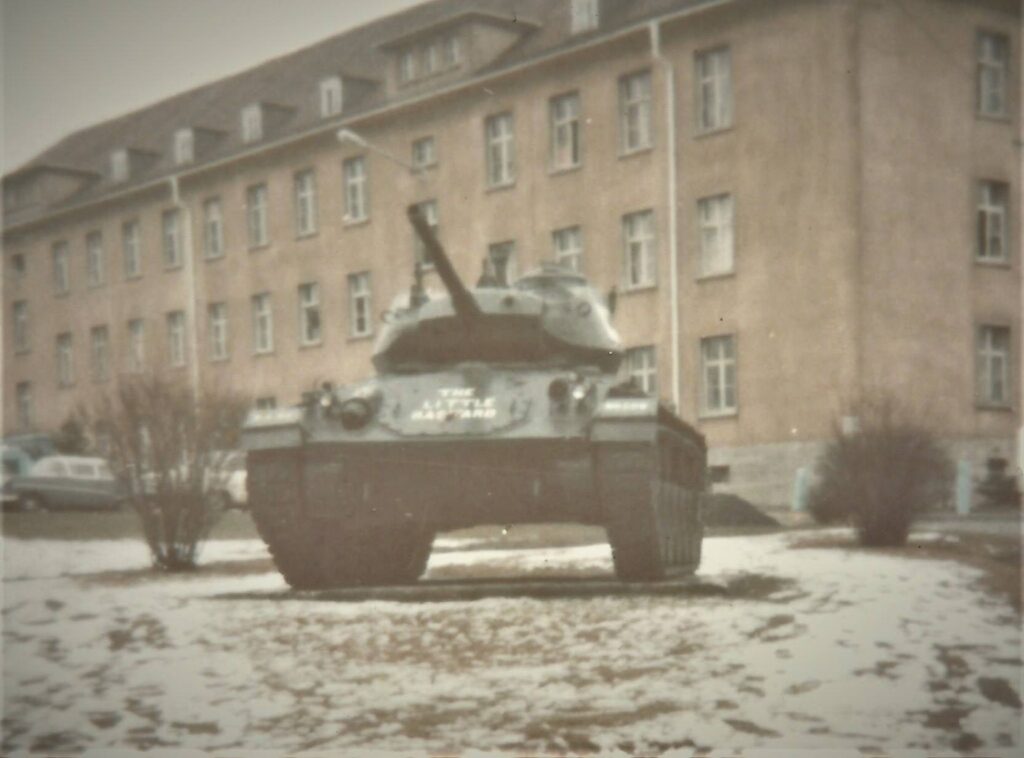
Front Page of the New York Times
We certainly didn’t know that the venerable New York Times had published a front-page article on the racial situation among soldiers in Germany on November 23, 1970, headlined G.I.’s IN GERMANY: BLACK IS BITTER. The article concluded that it was a sign of the times. Black soldiers, and Black people in general, were taking a hard look at the world around them and did not like what they were seeing. An assassin’s bullet had felled Martin Luther King, Jr., and militancy was on the rise.
For many of the white soldiers, especially from rural areas, the Army was their first real contact with Black people. A few barracks rooms displayed a Confederate flag, and the soldiers responsible thought nothing of it. It was what they did back home.
The Times article contained some salient quotes:
Black Perspective
James Anthony, a young sergeant from East St. Louis, Illinois, had a fierce reaction to the news that the Pentagon was looking into the race situation among soldiers in Germany. “The Black man’s got no business being in the Army if this mess keeps up,” Sgt. Anthony of the 3rd Infantry Division told the Times. “They keep killing our people back home, and we’re still being sent to ‘Nam. We fight them there and then we’re shipped to Germany, and we fill the jails here.”
Sgt. Larry Tyler, a 3rd ID squad leader from Ft. Lauderdale, Florida, asked, “How can you fight for America when every morning you read about Black people being killed? You read about killings at Kent State, in Augusta, at Jackson State–my sister was in a dormitory at Jackson State when it was shot up.”
White Perspective
A white major had this declaration: “I’ve got nothing against Blacks–I fought with them, ate with them, lived and soldiered with them. I consider myself a man without real racial prejudices, but it gets under my skin to see a Black man walking with a white woman.”
Asked if he had the same objections to a white man walking with a Black woman, the major shrugged and said it was “his business.”
Blacks questioned by the Times responded similarly. Disputes over German women, who are overwhelmingly white, became a powder keg that eventually hit close to home.
The DAP
Racial tension in Aschaffenburg began to rear its ugly head. One example: white soldiers found it oddly fascinating that our Black brethren practiced an elaborate hand greeting called the DAP (it stands for “dignity and pride”). These complicated hand gestures are a little like the congratulatory hand slapping in athletic competitions you see on TV. In the Army in Germany in the seventies, they could last for several minutes.
It’s fine, it’s their business…except when it wasn’t. My patience was tested many times when the chow line was held up by a particularly long DAP performed by one Black soldier leaving the mess hall with one at the front of the line. Were they slowing the chow line on purpose? Some guys were pissed.
Afro After Duty
Another example sounds trivial, but symbolizes the frustration white soldiers experienced when going out to German restaurants and bars populated by women. It’s so different now, but in the seventies, a military haircut made you look like a visitor from another planet.
But it seemed not to be a problem for Black soldiers. Their hair allowed them to pack it down while on duty during the day and then comb it out Afro-style at night. In retrospect, it was just plain jealousy. But it became just another wedge that kept the races circumspect toward each other.
The Birth of the Glassboot Inn
I still remember the day I was called into the company commander’s office. It was a horrible day. The night before, a member of our unit was stabbed several times in an A’burg Gasthaus. We heard it started with an argument over a woman. It was the first time it had happened to us. Grant was being medivacked stateside and we were in mourning.
But I wasn’t the guy whom Major Wise confided in or sought information from. I kept my distance. What did this lifer want from me?
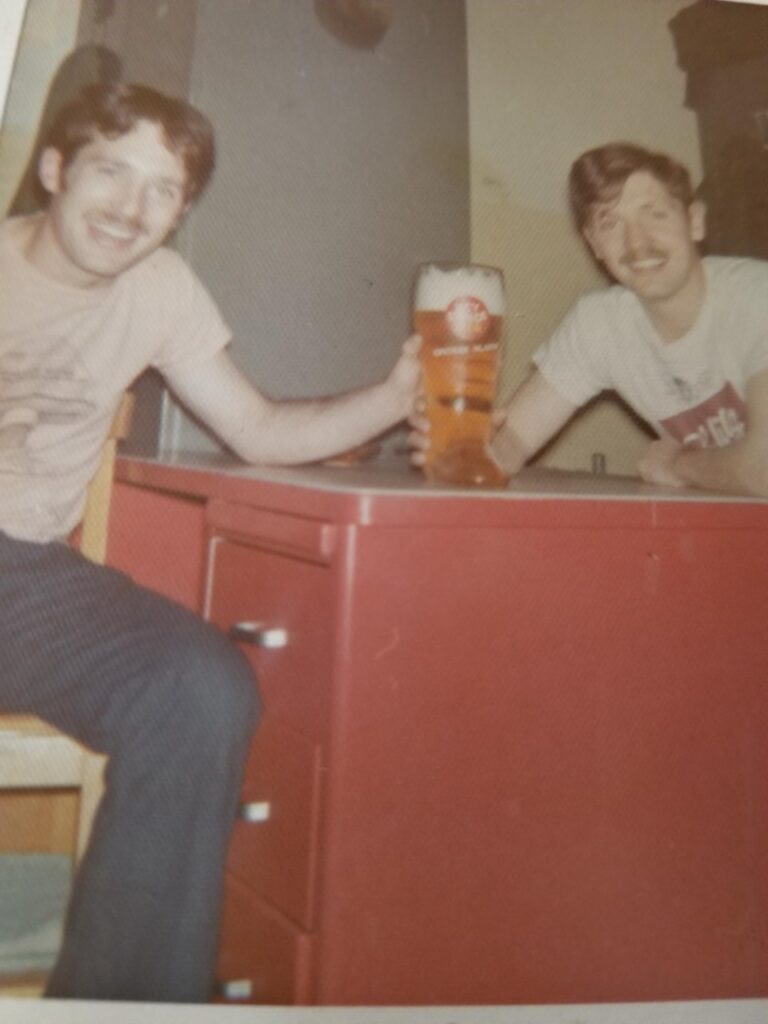
A Decent Proposal
Major Wise said words to the effect of, I know you and Snell are operating a bar in your barracks room. Do you think I don’t hear things? You’re breaking about five Army regulations. (Huh? Which ones?) But Specialist Goutman, this is your lucky day.
The major was right. My best buddy Bill Snell and I were running a happy hour bar called the Glassboot Inn out of our barracks room. Bottles of whiskey or vodka cost about a dollar apiece at the Class VI store, and we were selling drinks for a buck or more. Do the math. We’d close the bar around 8 pm, put some money aside for booze and mixes, split the rest, and head for the clubs in Frankfurt.
My lucky day, sir? Major Wise didn’t want his troops out on the streets and risk suffering Grant’s fate. And so he gave the Glassboot Inn his blessing. And why don’t you stay open a little longer, commanded the Major. Hoo boy, he even knew when we closed the place.
A Toast to Racial Peace
Word got around and the Glassboot Inn was at first a shrine to poor Grant. And then it became the place to go. Snell and I were working our butts off and saving all that cash we would have spent in Frankfurt or Lohr.
And then something truly remarkable happened. A Black soldier named “Rabbit” (so nicknamed because he didn’t mind talking to white guys) led a group of Black soldiers down the hallway to the Glassboot Inn. Rabbit made a toast to Grant and everybody relaxed. All the guys, white and Black, started talking to each other. I put Marvin Gaye’s “What’s Going On” on the turntable.
Hey, what’s happening, man?
Opening chatter on“What’s Going On”
